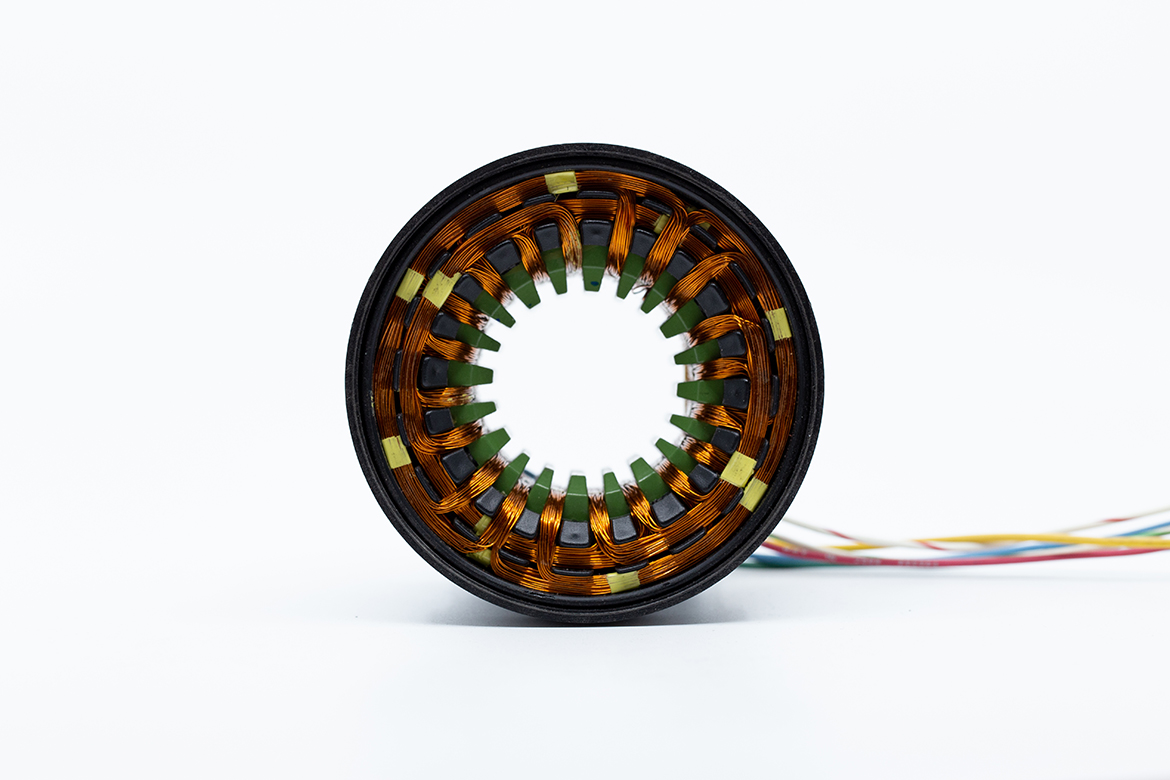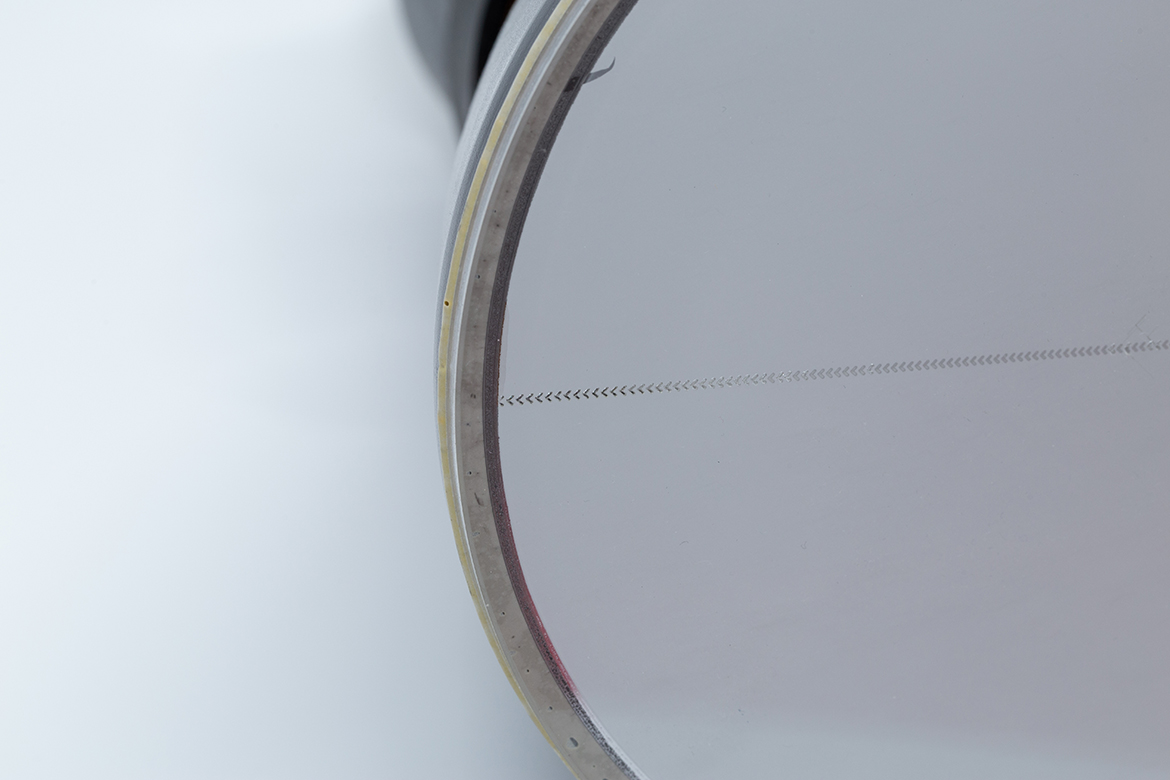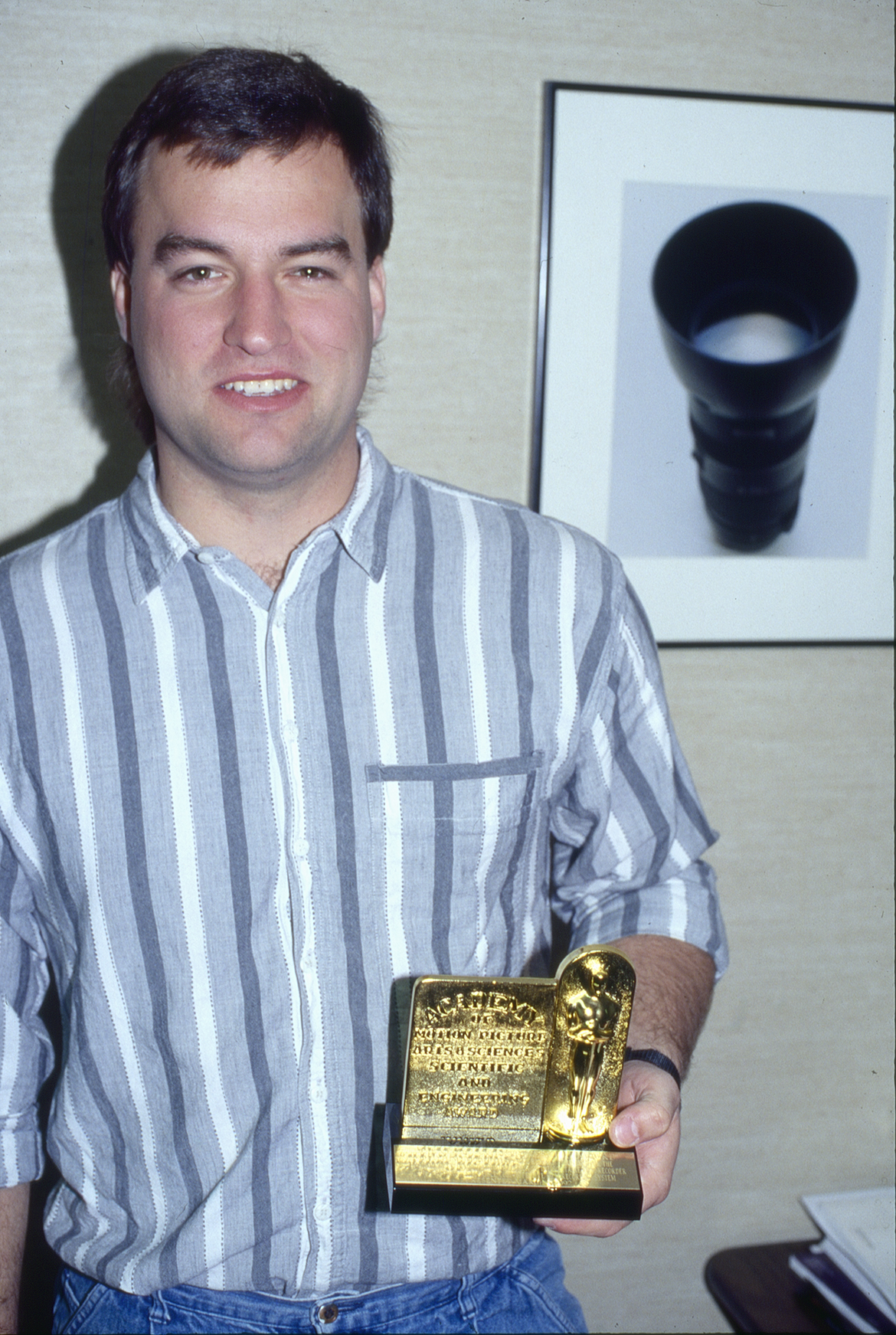
Cathode ray tubes are a remarkable technology that incorporate many seemingly magic principles of physics. Thermionic emission causes electrons to “boil” off a cathode, high voltage electric fields accelerate and focus them, and magnetic fields steer them to the anode screen where they energize phosphor molecules, which then re-release that energy as visible light!
While developing the electronics to control the CRT and make all this magic happen, we often had to “bring up the spot”, showing the electron beam in one static location, where it could be examined visually and measured with various instruments.
This was always a tricky maneuver, because if the electron beam were allowed to become too intense, the energy transfer to the screen would cause it to heat up to the point where the phosphor would suddenly vaporize, leaving a dark spot that could never be lit up again. Usually, this burn-hole was in the middle of the imaging area, and so the CRT, the single most expensive component in the system, would become instantly unusable.
To avoid this event, there was a standard procedure for bringing up the spot: apply voltage to the CRT and gradually increase it, sneaking up on the level where the spot would become visible, and then avoid going too far. The safe operating zone was rather small.
But even the best procedures cannot anticipate every possible experiment and test that might be needed while inventing new technology. Consequently, there were situations where the beam accidentally and unexpectedly reached the critical phosphor burn level, and whoever was conducting that particular test suddenly realized that they had crossed the threshold and now the CRT had a permanent blemish. They had become a member of “the burn-hole club”.
The burn-hole club comprised everyone who had suffered this unexpected event. It was both an embarrassment, and a badge of honor. It was awful to realize that an expensive component was now worthless, but on the other hand, the tests and experiments that we were conducting were on the cutting edge of our knowledge, the term “cutting edge” implying that injuries were part of the process. Only brave researchers dared to push this edge forward.
I am not a member of this exclusive club, but that is because I had skilled technicians who knew far better than I how to conduct the tests I requested. They were on the front lines of the technology. And as a result, they were the ones first inducted into the burn-hole club.
There is one incident that deserves special mention. It occurred during the development of the brightness calibration method, a critical part of making accurate exposures onto film. We used a photocell at the far edge of the screen. It needed to “see” the spot, and measure how bright it was. The task of figuring out how to do this was assigned to Rick Keeney, who became a master of writing code to control the complexities of driving a cathode ray tube.
To solve this particular problem, Rick came up with a clever algorithm to position the beam directly under the photocell. The exact horizontal and vertical position of the photocell is not known, at least not at first. It needs to be located. So Rick made a first best guess, and then refined it. By moving the beam slightly horizontally and vertically and seeing if the light seen by the photocell increased or decreased while doing so, the beam position could be estimated. Move the beam to where the light measurement was strongest, and that would be the location directly under the photocell.
But if the photocell light level was low, it was hard to know which way to move, so increase the intensity of the electron beam and try again. And if that didn’t help, then it was likely that the beam was not quite where it was expected. So move it over a little bit and try again. This was the strategy for locating the beam and calibrating its brightness. It worked fairly well… until it didn’t.
On one occasion, the beam could not be detected at all. The algorithm increased the intensity trying to measure the light, but as it did so, burned the phosphor in its path. When it failed to detect the beam, it moved over a little bit and burned the phosphor there too. Since the beam was still not detected, it was moved a little more and tried again. The algorithm didn’t have a limit check on position, so it marched all the way across the full width of the screen, leaving behind a tire-track of vaporized phosphor.
This was a spectacular example of damage by electron bombardment, and Rick Keeney, in addition to being an Academy Award winner, also holds the prime honor in the burn-hole club. And I have the privilege of curating the resulting damaged tube.


previous | next

